Basil (Ocimum basilicum) is a culinary herb of the family Lamiaceae. Basil can provide vitamins, minerals, and a range of antioxidants, and its essential oil may also have medicinal benefits. Although basil has no special growing requirements, you can plant it with other herbs and spices like pepper, rosemary, parsley, borage, and cilantro.
You can also plant them with vegetables like carrots, beets, turnips, asparagus, and other root crops. To add color and beauty to your basil plant, try surrounding them with petunias, chamomile, marigolds, and many other flowers.
25 Basil Companion Plants
Let’s see the top 25 companion plants and how they benefit the basil plant.
1. Broccoli
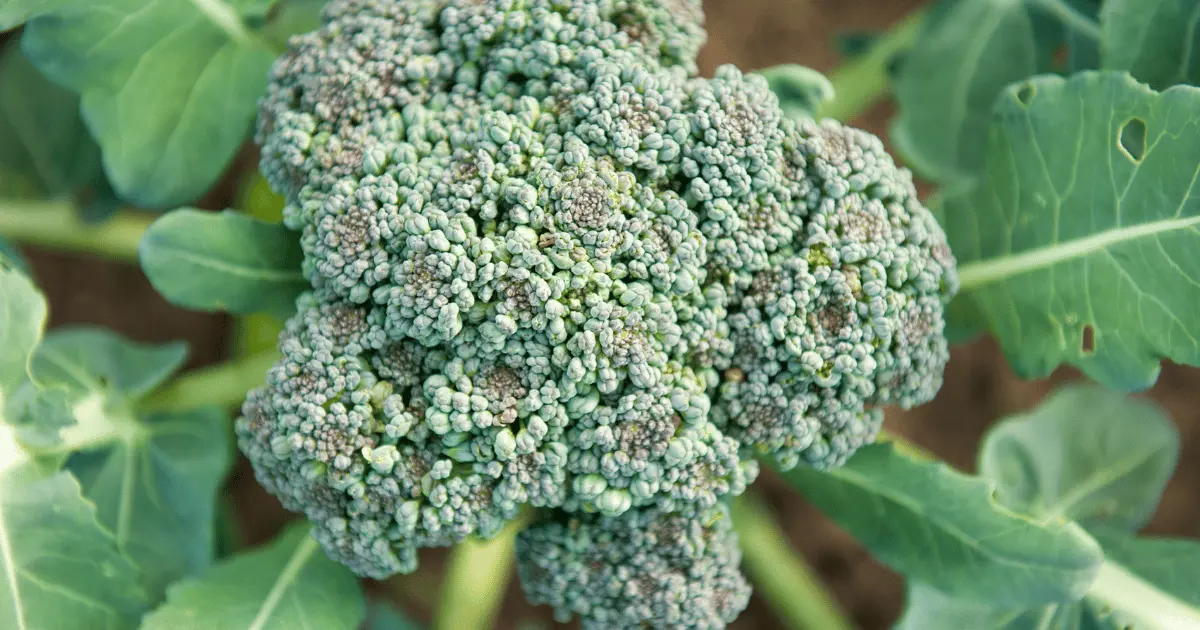
Brocolli (Brassica oleracea var.Italica) is a cruciferous vegetable related to cabbage, kale, cauliflower, and Brussels sprouts. It is an excellent plant to grow because it is the most nutritious of all vegetables and fairly easy to maintain. Broccoli is a crop that benefits from growing with basil.
Benefits: Brocolli helps eliminate pests like parasitic wasps that attack basil plants.
Popular Varieties: “Belstar,” “Calabrese,” “Eastern Magic.”
2. Cilantro
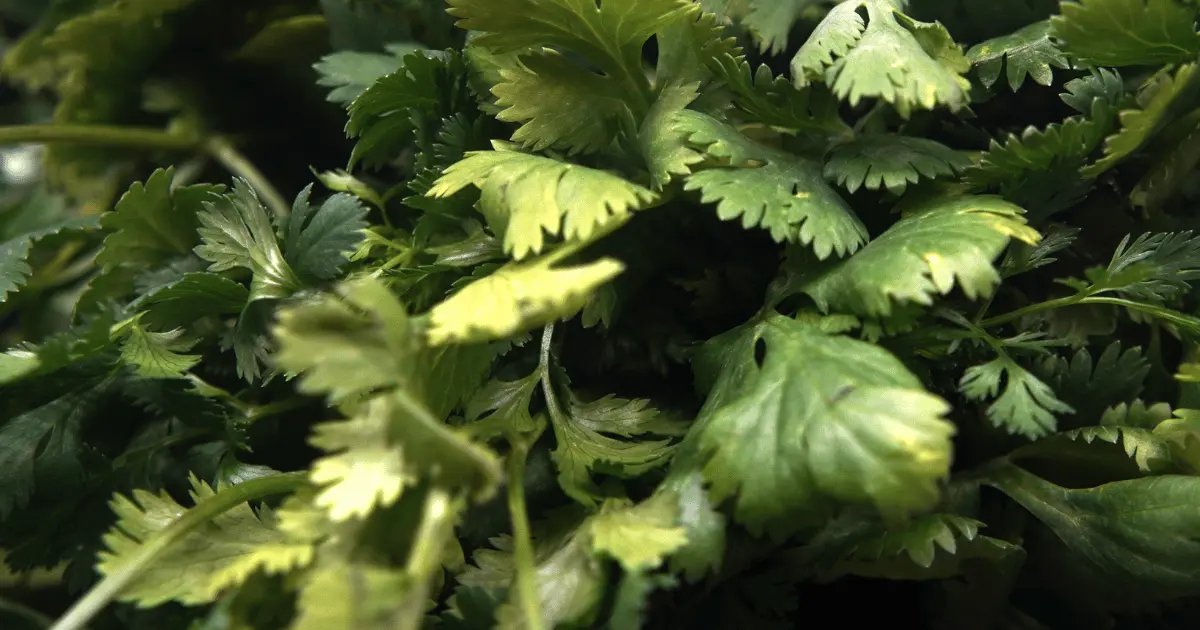
Cilantro (Coriandrum sativum) plants have tiny light-green stalks that branch into little needle-like leaves and wavy foliage with fringed ends. The stems are topped with clusters of dainty pink/white flowers that produce tan-colored seeds.
Benefits: Cilantro’s stimulating oils repel many pests that attack basil plants, including aphids, beetles, and whiteflies.
Popular varieties: “Confetti,” “Dwarf lemon,” “Moroccan.”
3. Parsnips

Parsnips (Pastinaca sativa) are a root vegetable closely related to carrots and parsley. They don’t taste like carrots but have a delicious, naturally nutty, and earthy flavor. Parsnips consist of cream-colored taproots with a slender, tapered shape.
Benefits: Parsnips attract predatory insects that prey on basil-munching plants. They also release a substance that’s toxic to spider mites and aphids.
Popular Varieties: “Imperial Crown Parsnip,” “Student Parsnip,” “White King Parsnip.”
4. Asparagus
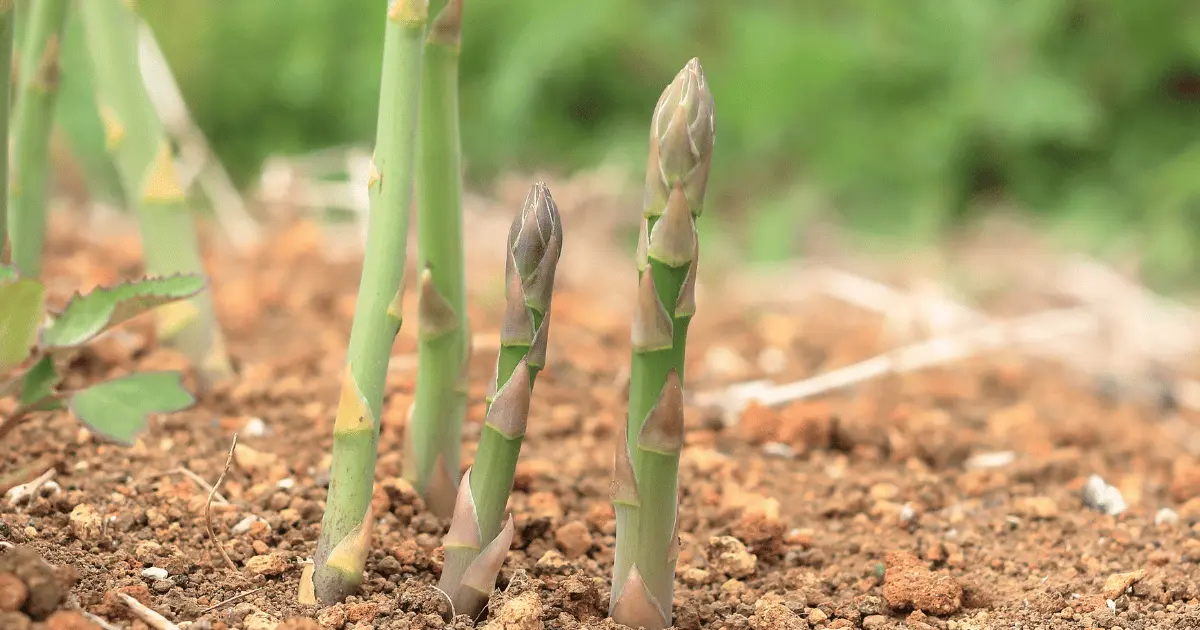
Asparagus (Asparagus Officinalis) and basil complement each other. Asparagus is known for being one of the most nutritionally balanced vegetables.
The plants are formed of thick and fleshy dark-green spears with faint purple tips, which grow tall from an underground stem. This compact crop is slow to mature, taking three to five years to fill in.
Benefits: The tall stalks and dense canopy of the asparagus plant provide shade. It also attracts ladybugs that prey on basil plants.
Popular Varieties: “Jersey Giant,” “Apollo,” “Atlas,” and “Mary Washington.”
5. Petunias
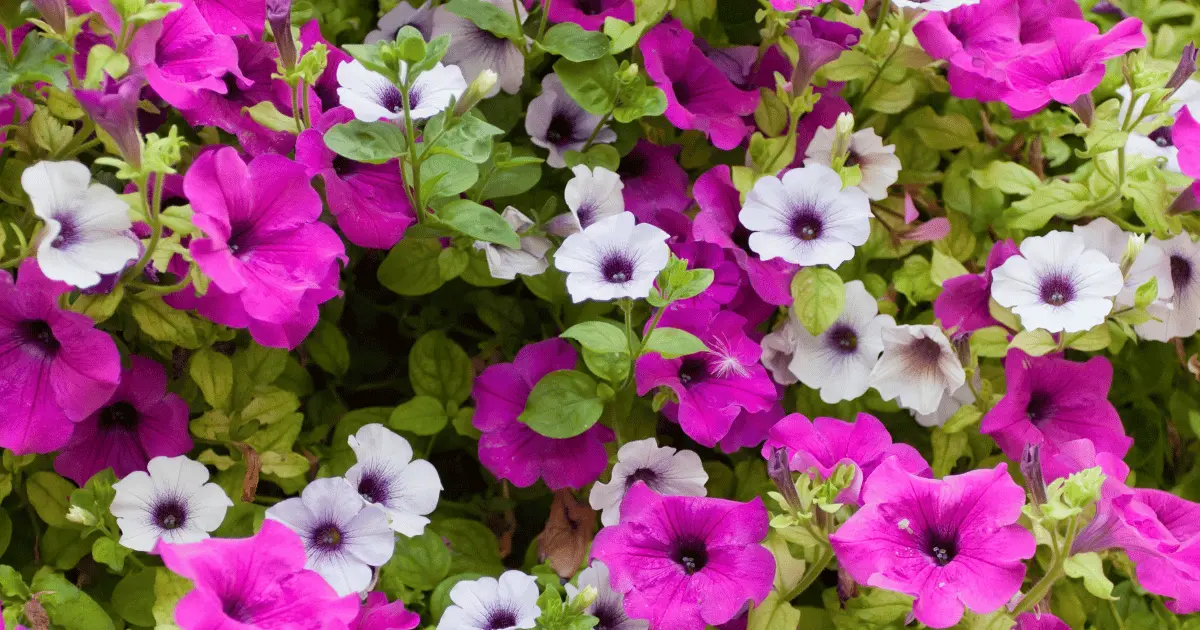
Petunias (Petunia spp.) are low-spreading or mounding plants with showy funnel-shaped flowers of five petals ranging from pink, red, and purple to blue, yellow, and white. Petunias’ rich colors can make a bold addition to any garden. Although many believe that petunias are annuals, they can come back yearly if you live in a warm climate zone.
Benefits: Petunias attract pollinating bees while repelling leaf-chomping nuisances like leafhoppers and aphids.
Popular Varieties: “Phantom,” “Priscilla,” and “Black Satin.”
6. Rosemary
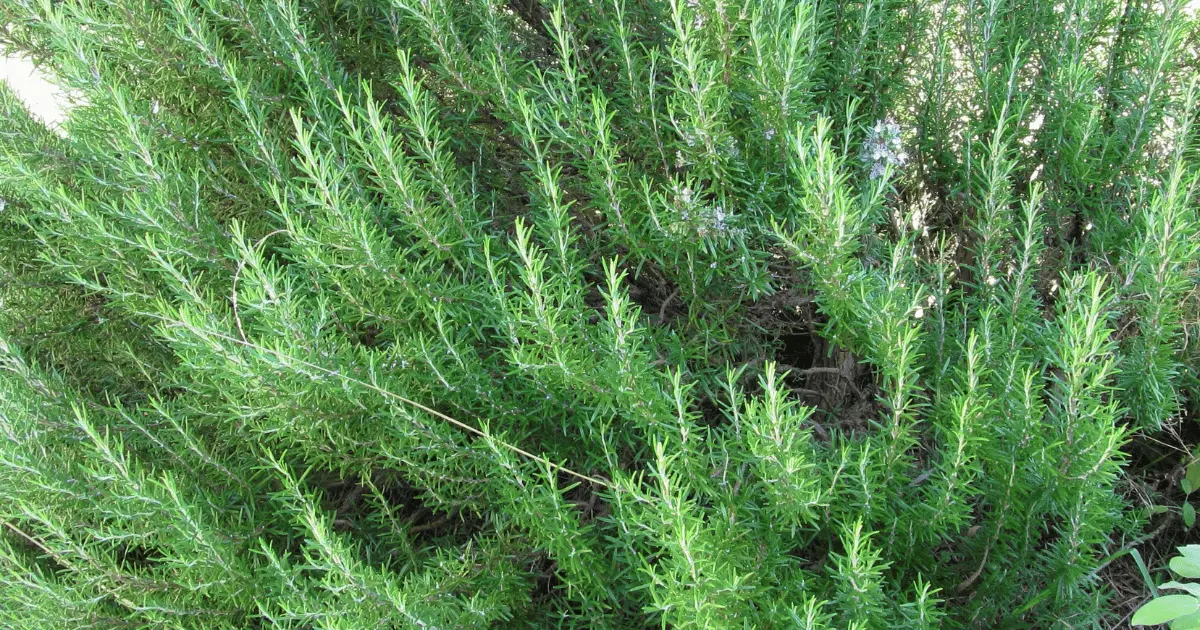
Rosemary (Rosmarinus) is another excellent companion plant you can plant close to basil. It offers a great aroma to your dishes and has powerful effects when used as an essential oil. According to a study published by the Iranian Journal of Basic Medical Sciences, Rosemary has significant antimicrobial, anti-inflammatory, antioxidant, anti-apoptotic, anti-tumorigenic, antinociceptive, and neuroprotective properties.
Benefits: Rosemary can repel pests like aphids and moths that can damage tender basil leaves. Rosemary contains strongly scented oils that are a strong deterrent for several small insect pests.
Popular varieties: “Rosemary Ardur,” “Rosemary Capri,” “Rosemary Barbecue.”
7. Beets
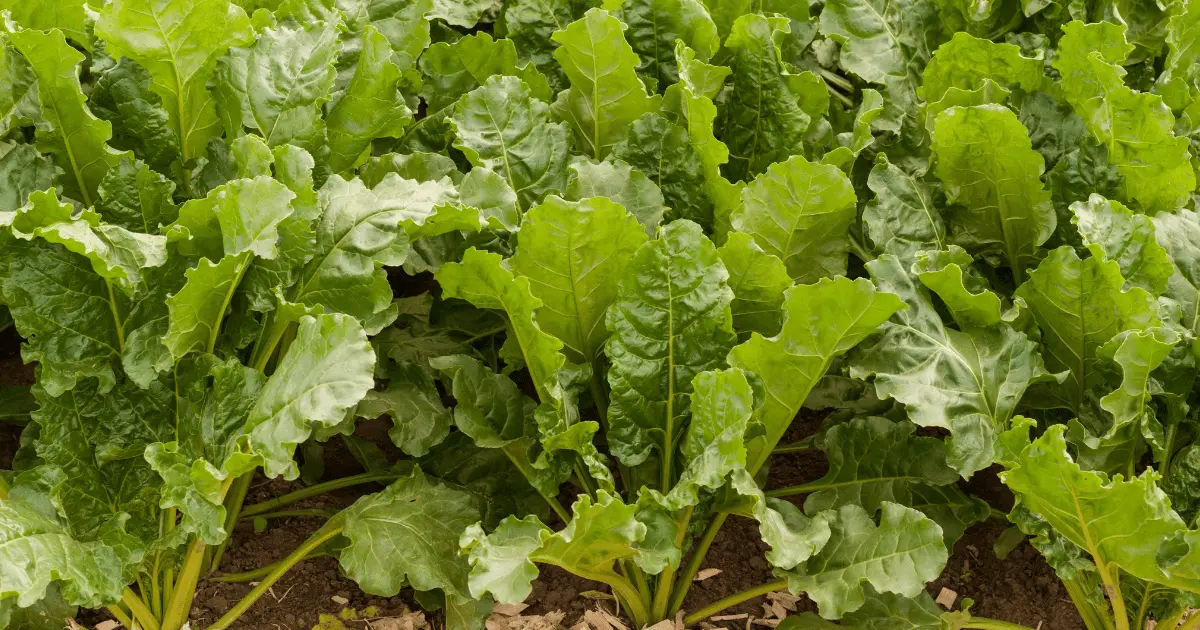
Beets (Beta vulgaris subsp. Vulgaris Conditiva Group) consist of a bulbous taproot growing below ground that is dark red but can also be golden white, yellow, or purple. It is one of the few vegetables containing betalains, a powerful antioxidant that gives beets a vibrant color.
Benefits: Beets are effective trap crops that lure several herb-eating pests away from your basil plants.
Popular varieties: “Avalanche,” “Early wonder,” and “Cylindra.”
8. Tomatoes
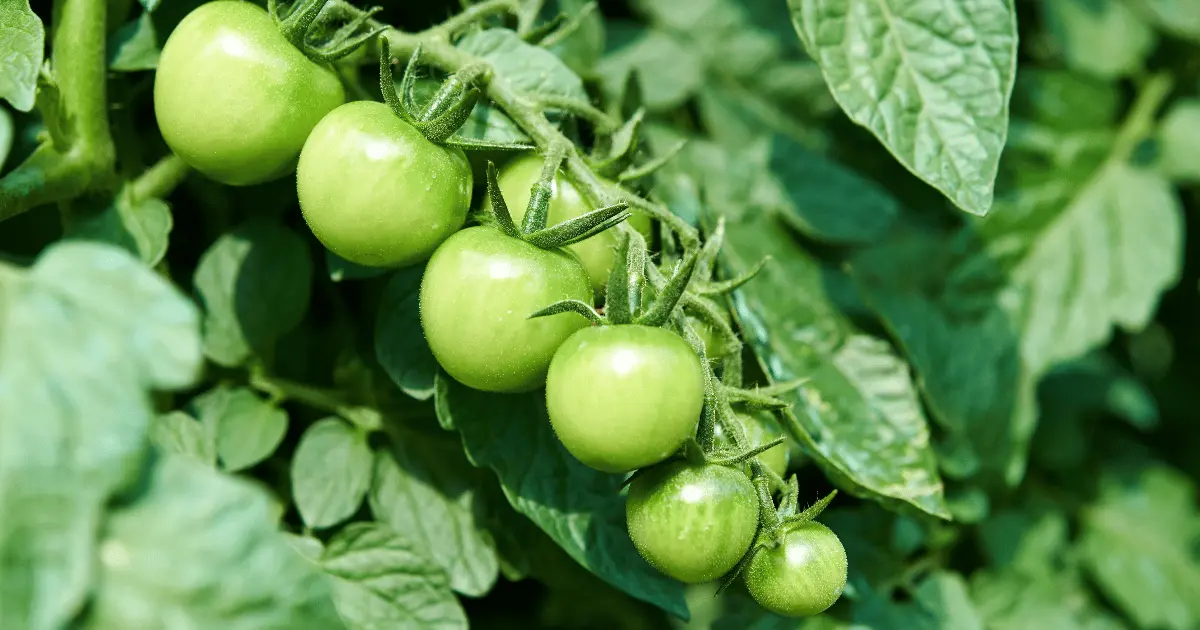
Tomatoes (Solanum Lycopersicum) are tender, warm-season crops that love the sun and cannot bear frost. Not only does tomato add nutrients to your food, but it also benefits your health due to the presence of essential nutrients. The plant grows between 2 to 6 feet tall depending on whether they are upright or trailing varieties.
Benefits: Tomatoes‘ intense scent eliminates basil pests and enhances its flavor.
Popular Varieties: “Early Girl,” “Jersey tomato,” “Juliet,” and “San Marzano.”
9. Anise
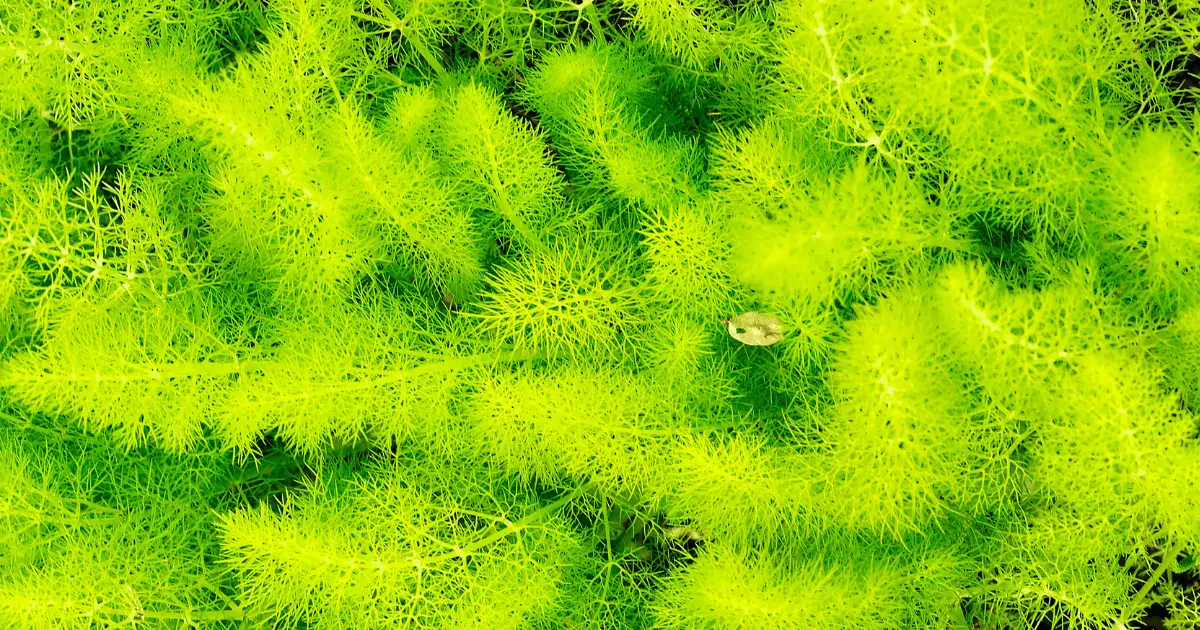
Anise (Pimpinella anisum), also called aniseed or rarely anix, is one of the oldest known spice plants from the same family as carrots, celery, and parsley. This plant is known for its antifungal and antibacterial properties.
Anise has a licorice flavor that is sweet and very aromatic. The licorice flavor is produced by anethole, an organic compound related to estragole that makes flavors in tarragon and basil.
Benefits: Anise helps to increase the essential oils that can be found in basil.
Popular Varieties: “Arak”, “Mastika”, “Anisette.”
10. Marjoram

Marjoram (Origanum majorana), also known as sweet marjoram, is an aromatic herb used for its citrus and pine flavors. Marjoram plants are grown as a culinary herb, have a warm aroma, and produce pale non-showy flowers.
Benefits: Marjoram attracts pollinators and predatory insects to prevent common pests that prey on the basil plants. Marjoram can grow in the same conditions as basil and thrive, and the plant also enhances the flavor of basil.
Popular varieties: “Sweet marjoram,” “wild marjoram French,” or “pot marjoram.”
11. Bell Pepper
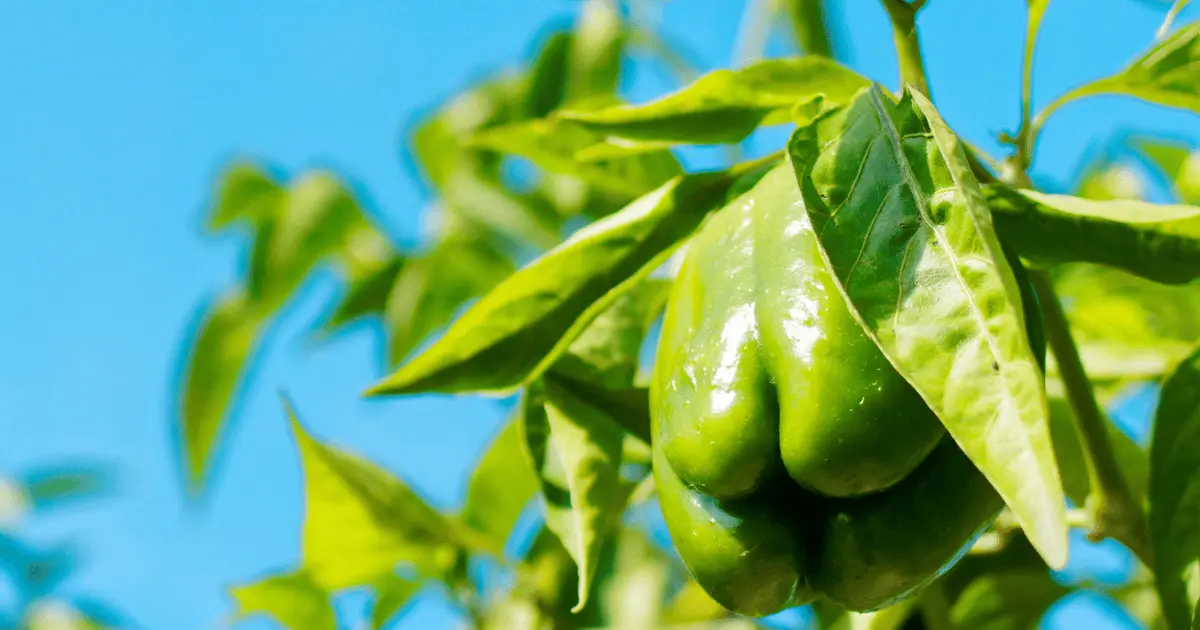
Bell pepper (Capsicum annum), also called “sweet pepper” or “capsicum,” are fruits that belong to the nightshade family. The plants can grow 1m tall and are usually grown as annuals in temperate regions for only one growing season.
Just like tomatoes, bell peppers are excellent basil companion plants. Basil plants may also be grown with the help of bell pepper leaves which provide a bit of shade over it and protect it from harsh weather.
Benefits: The leaf clusters of the bell pepper plants provide a weather canopy for the basil plants. They can also suppress weeds and retain moisture.
Popular Varieties: “Bayonet,” “Antebellum,” “Galileo.”
12. Chives

Chives (Allium schoenoprasum) are the smallest specie of the onion family and are most available during the winter months, and the leaves grow from elongated white bulbs.
Benefits: Chives enhance basil flavor by strengthening the essential oils, which helps basil to deter pests.
Popular Varieties: “Giant Siberian,” “Chives,” “Garlic chives.”
13. Borage
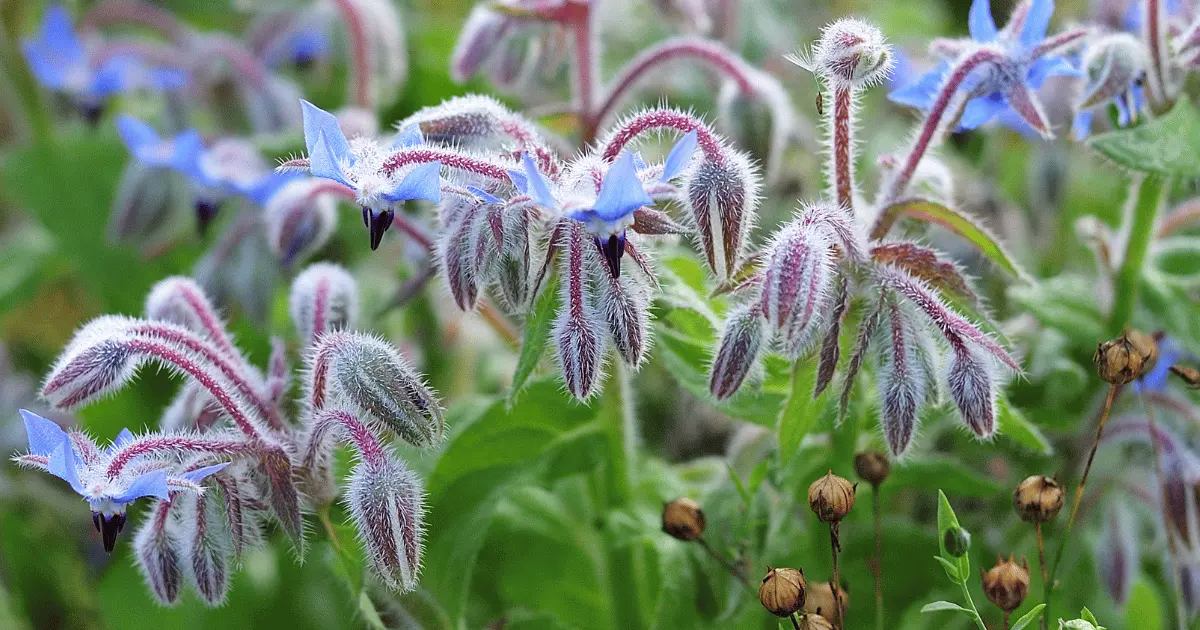
Borage (Borago officinalis) is a tasty herb that is used in a variety of herbal remedies. The oil extracted from borage seed is high in gamma-linolenic acid, which can help reduce inflammation and asthma symptoms.
Borage can be planted indoors in the spring when all the danger of frost has passed. They take about eight weeks to mature.
Benefits: Borage flowers attract pollinators like honeybees and ladybugs. They also help repel leaf-boring pests. Borage also improves the growth and flavor of basil.
Popular Varieties: “Common borage,” “Starflower,” “Alba,” “Creeping borage.”
14. Parsley
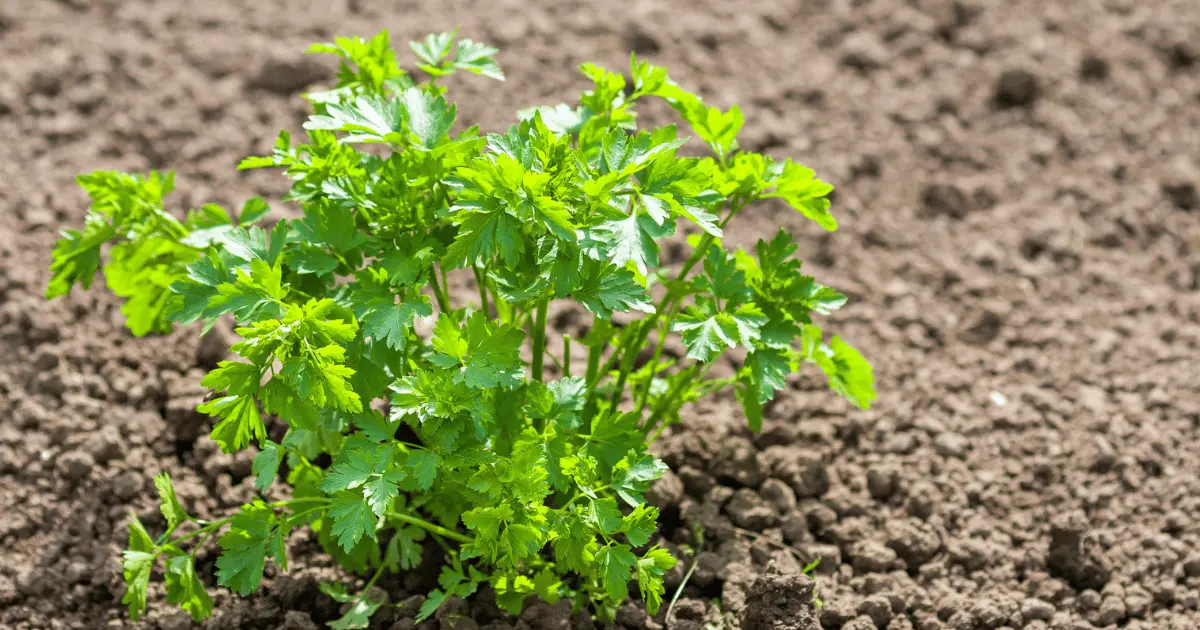
Parsley (Petroselinum crispnum) is a popular culinary herb commercially cultivated as an annual plant in many parts of the world. It is another basil companion plant, and they both have similar requirements for sun and water.
Benefits: Parsley repels nematodes and beetles that attract basil plants. Parsley also helps to improve the flavor of basil.
Popular Varieties: “Italian flat-leaf parsley,” “Common curly parsley.”
15. Oregano
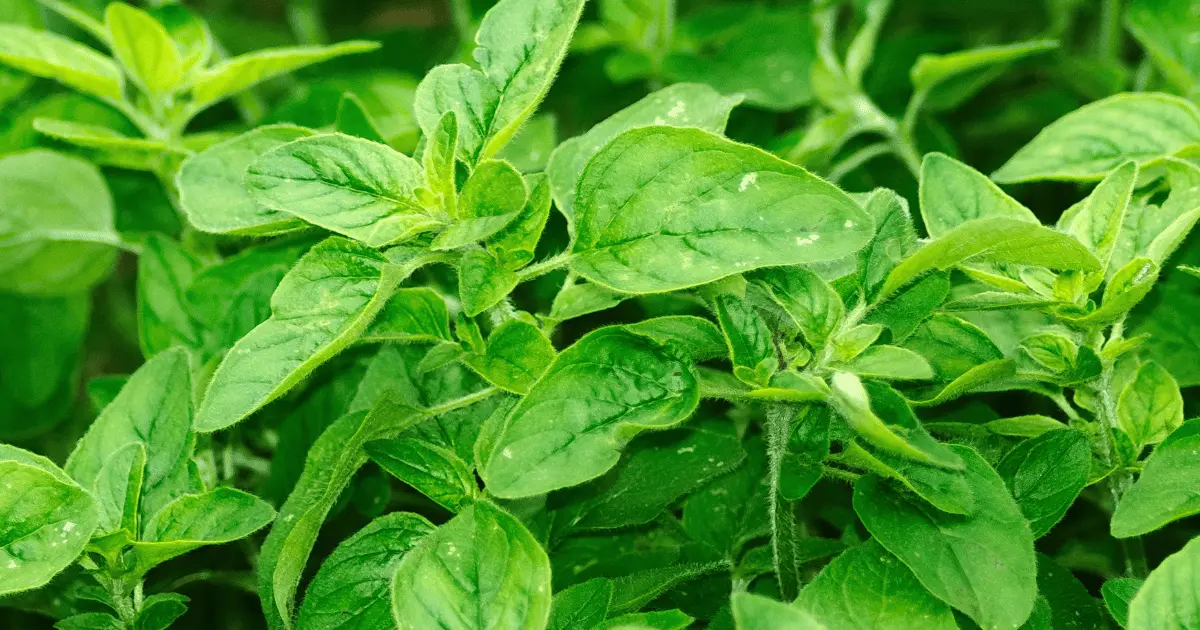
Oregano (Origanum vulgare) is a wonder herb used widely in cooking and folk remedies. It is closely related to marjoram, even though the flavors differ widely.
Benefits: Oregano keeps basil plants cool in warm temperatures while the flowers attract bees and other beneficial pollinators.
Popular Varieties: “Italian oregano,” “Greek oregano,” and “Golden oregano.”
16. Garlic
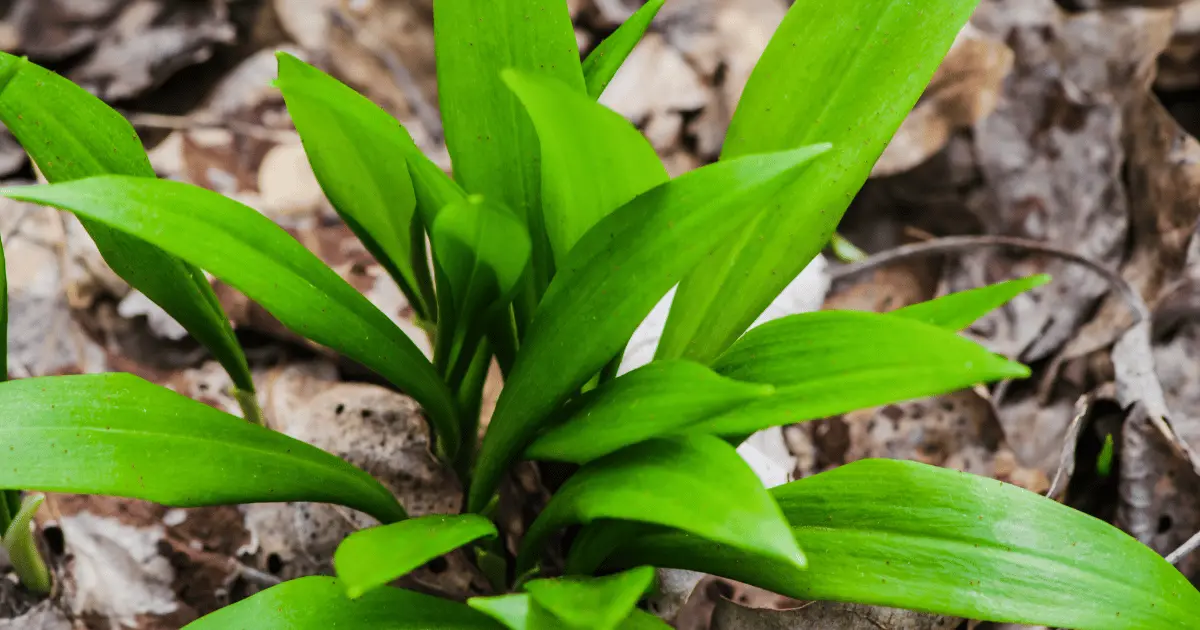
Garlic (Allium sativum) has many benefits, and it has long been used for flavoring and preventing/ curing ailments in many cultures. Garlic plants grow between 0.5 and 2 feet tall and produce medium-green-grass-like leaves from a slender stalk that grows directly from the underground edible flower bulb.
Benefits: Garlic enhances the flavor of basil while its powerful aroma repels common basil pests such as aphids, whiteflies, and spider mites. Be sure to space these plants, so they have enough room to grow.
Popular Varieties: “Christo,” “Chesnok Red,” “Early purple wright.”
17. Carrots
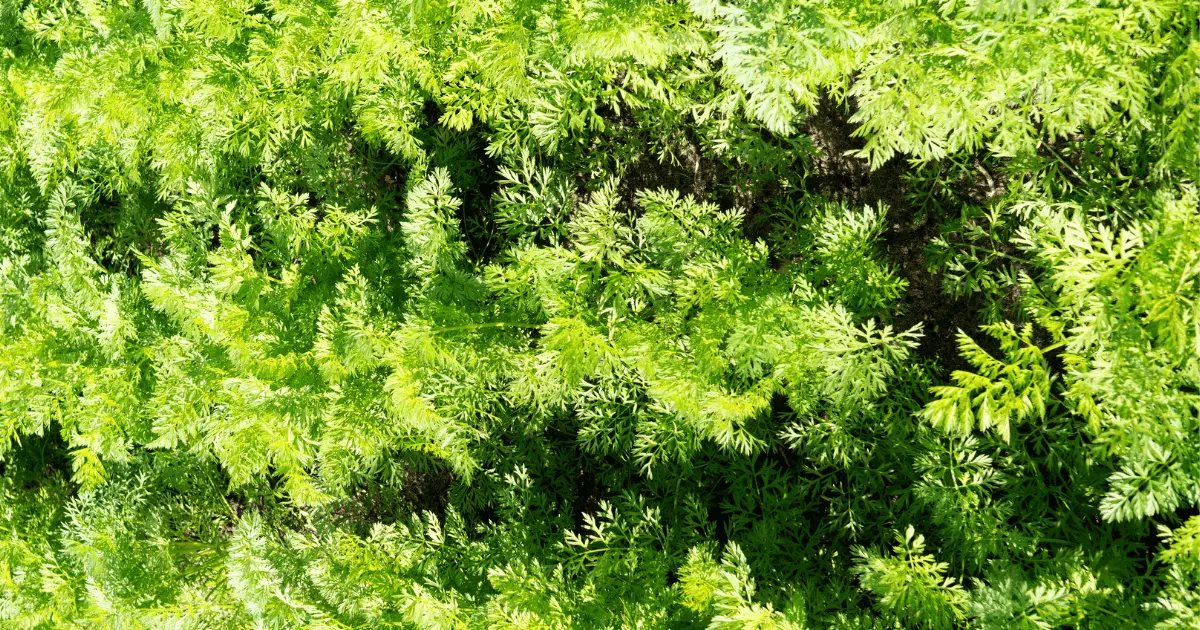
Carrots (Daucus Carota) are one of the world’s most economically important vegetable crops. Carrots are easy to grow; they need just loose, rich soil free of clods and stones and a soil temperature between 45 and 85 degrees Fahrenheit.
Benefits: Carrots loosen the soil and assist basil plants’ roots and drainage. The dense foliage also generates welcome shade.
Popular Varieties: “Tendersweet,” “Purple Dragon,” “Kaleidoscope.”
18. Turnips
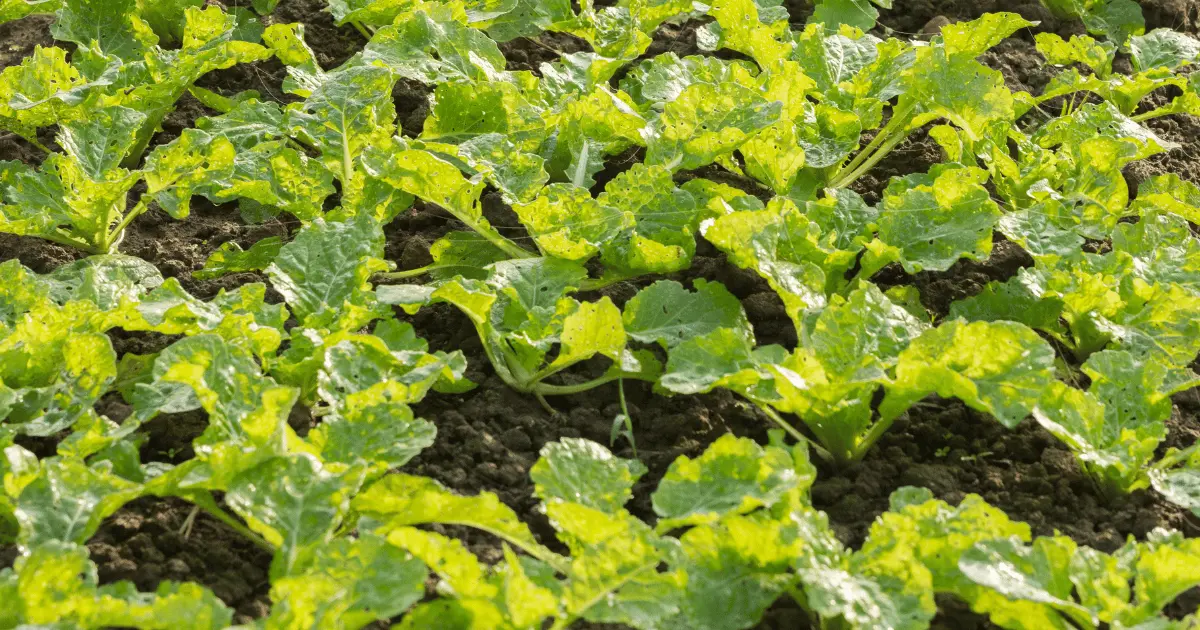
Turnips (Brassica rapa subsp. rapa) is a cool-weather root crop generally cultivated in temperate sub-tropical and tropical regions. The plants are resistant to frost and require a temperature anywhere between 10 degree Celsius for seed germination.
Benefits: Turnips and basil share similar watering requirements making them an ideal combination.
Popular Varieties: “White lady,” “Scarlet Queen,” “White egg.”
19. Lettuce
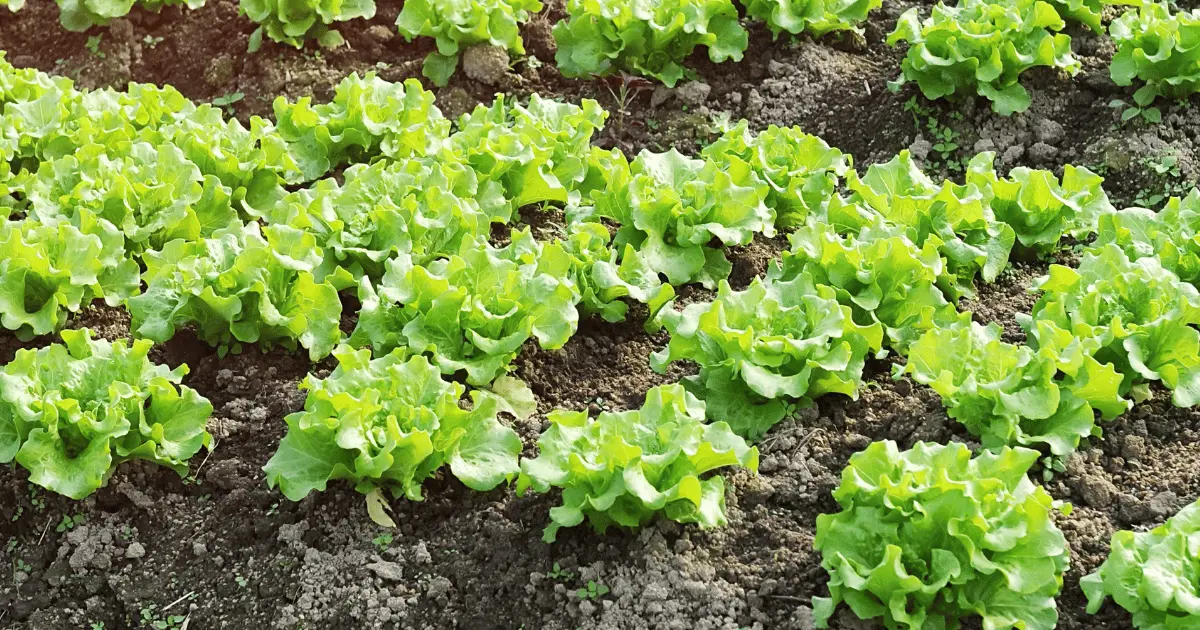
Lettuce ( Lactuca sativa) is one of the most widely cultivated vegetables that belong to the sunflower or daisy family. This cool-weather crop is best grown in spring and fall, and the seeds germinate in temperatures as low as 40 degrees Fahrenheit.
Benefits: Lettuce and basil grow well when planted together. Basil helps to improve the flavor of lettuce, making them a great companion.
Popular Varieties: “Escarole,” “Arugula,” “Coral lettuce,” “Cress.”
20. Radish
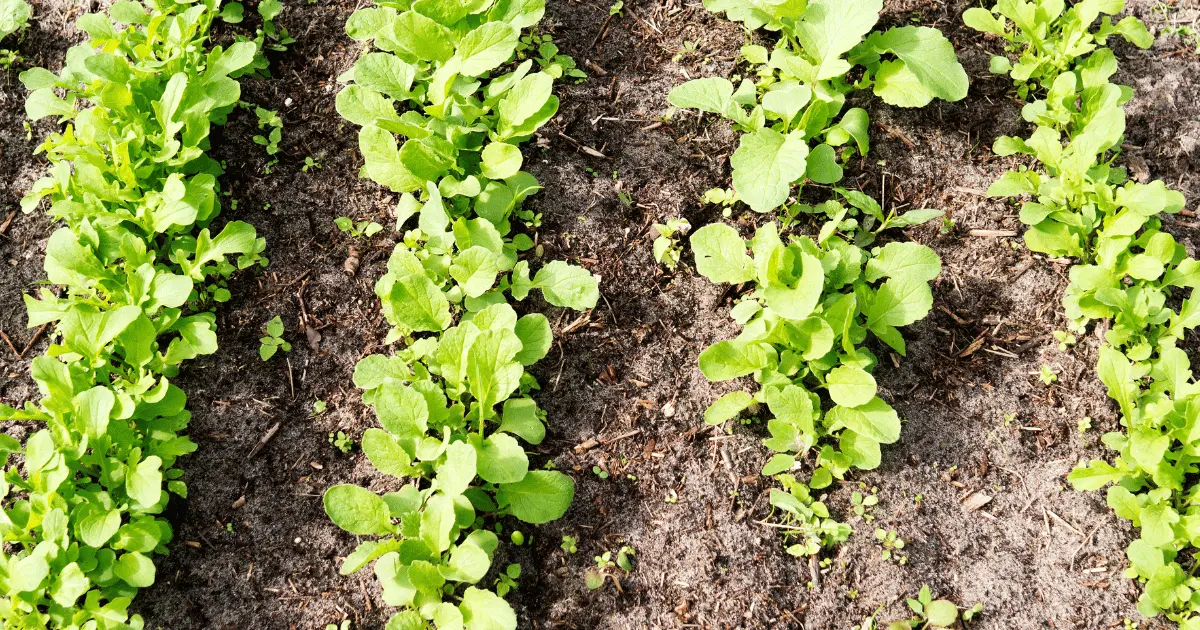
Radish (Raphanus sativus) is a quick-growing vegetable with various root colors. The seeds should be sown roughly 0.5 inches apart directly into a furrow that is 0.5 inches deep.
Benefits: Radishes are speedy growers and can serve as markers for slower-growing basil.
Popular Varieties: “Scarlet Globe,” “Tarzan,” “French Breakfast.”
21. Grapes
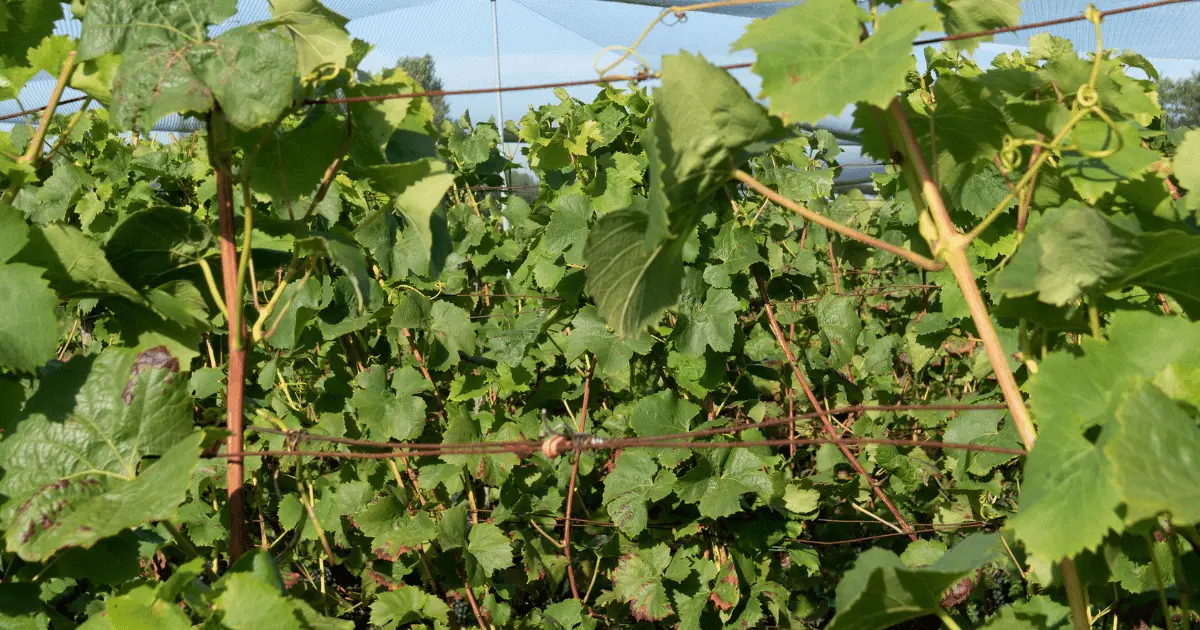
Grapes (Vitis vinifera) are a non-climatic type of fruit with simple, lobed, cut, or toothed leaves. It also produces raisins, wine, juice, juice concentrate, squash, beverages, jams, and marmalades.
Benefits: Grapes do well when planted with basil. For instance, basil repels many bad bugs, such as aphids, away from your grapes.
Popular Varieties: “Moon Drop,” “Cotton Candy,” “Crimson,” “Muscat,” “Autumn Royal.”
22. Potatoes
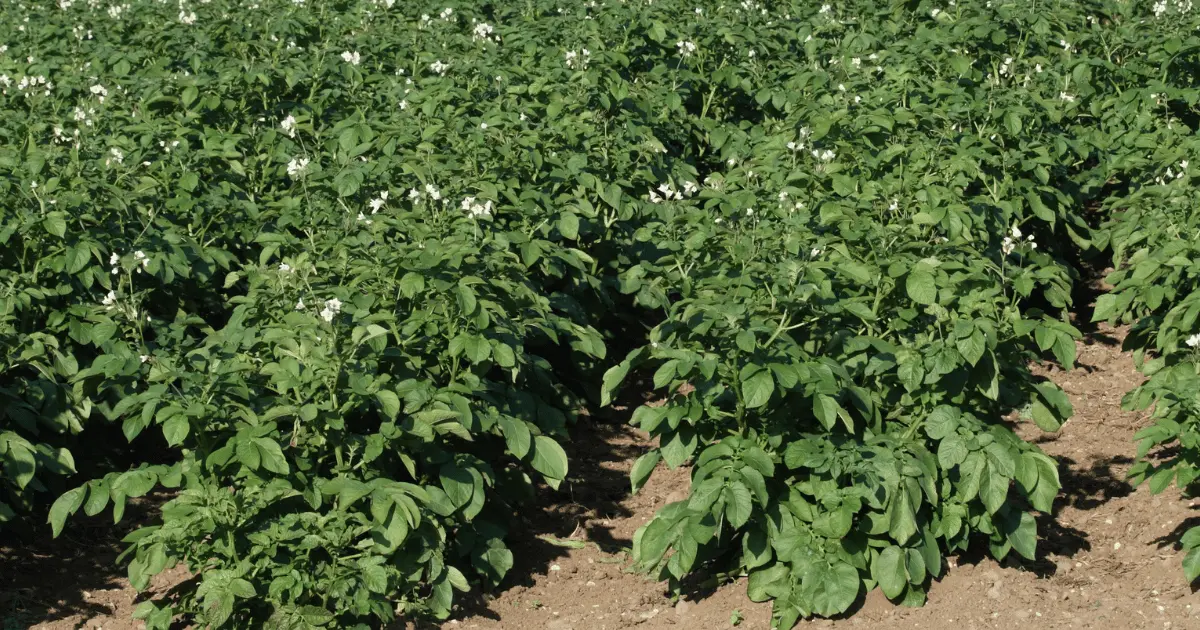
Potatoes (Solanum tuberosum) are a cool-season crop used only as a vegetable or sometimes mixed with other vegetables.
Benefits: Basil thrives in the same moderate moisture, full sun, and well-drained soil as potatoes and can grow about the same height as a potato plant. Basil will not only assist in healthy potatoes, but it will also provide aesthetic appeal and a tasty herb option to your tomatoes.
Popular Varieties: “Russet potato,” “New potatoes.”
23. Marigolds

Marigolds (Tagetes) can be grown in a wide range of soil and are adapted to different soil types. The plant grows in a bushy, mounding form or produces tall, erect stems from 0.9 to 3 feet. When planting these plants next to each other, make sure you choose a marigold variety that doesn’t get too big so they don’t crowd out basil.
Benefits: The strong scent of marigold flowers overpowers many insects that attack your basil plants.
Popular Varieties: “Hero orange,” “Bonanza,” “Bounty.”
24. Nasturtiums
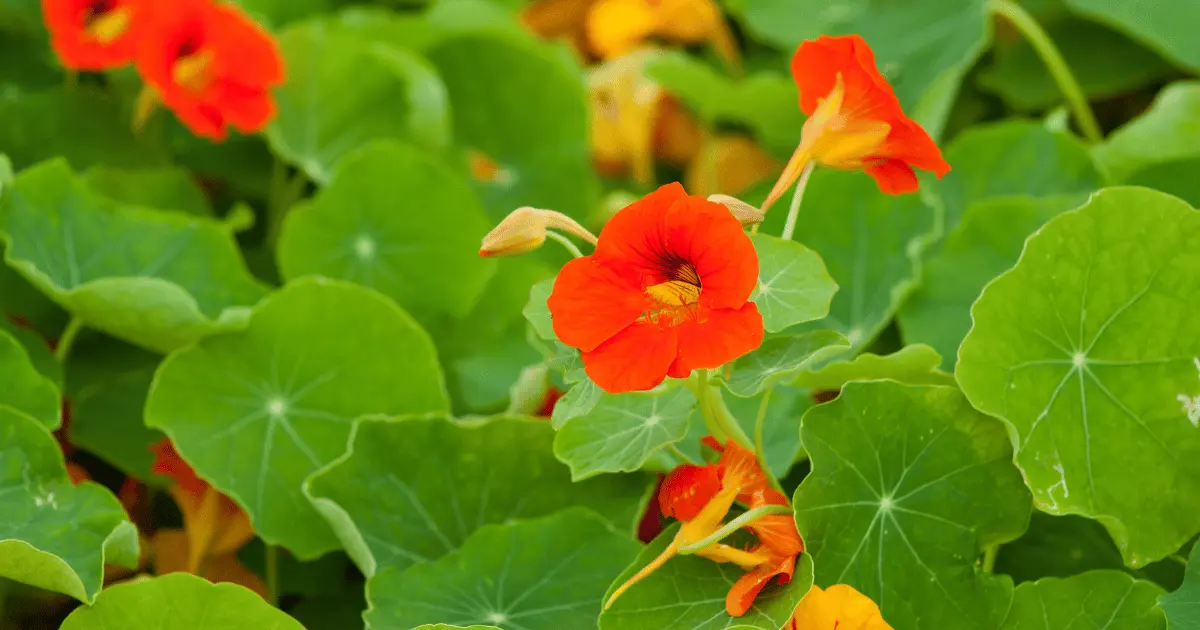
Nasturtiums (Tropaeolum) is an easy-to-grow warm season annual with numerous healing properties. This plant grows up to 1 foot as a mounding shrub or up to 3 feet for trailing varieties.
Benefits: Nasturtium flowers attract aphids and other leaf-boring pests. Nasturtiums also add beautiful color to the garden, making their flowers edible.
Popular Varieties: “Apricot,” “Black Velvet,” “Peach Melba.”
25. Chamomile
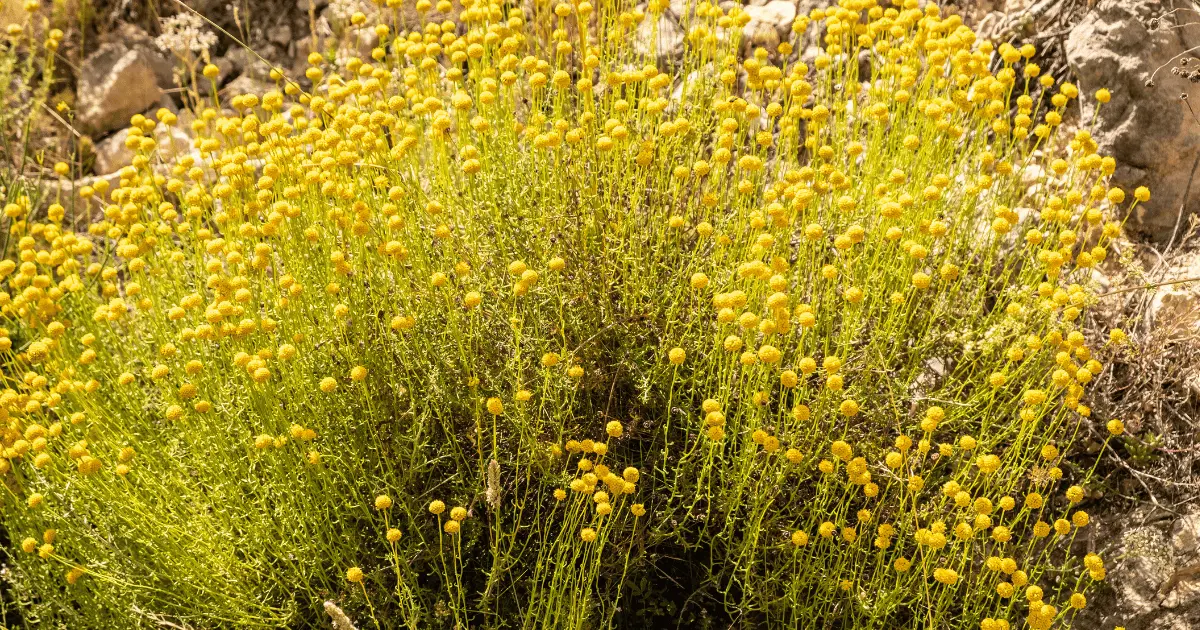
Chamomile (Matricaria chamomile) is one of the most common herbs for medicinal purposes. The plant produces several daisy-like flowers with white petals and sunny yellow centers that grow tall on branches up to 3 feet or upon creeping mat-like growth measuring 6 inches high.
Benefits: Chamomile plants release beneficial chemicals that promote the flavor and growth of basil plants.
Popular Varieties: “Moroccan,” “Roman,” “Stinking Chamomile.”
Worst Basil Companion Plants
Basil is an excellent choice for companion planting, but it only goes well with some plants. Below are the plants you should avoid planting next to your basil plants.
1. Cucumbers
Cucumbers and basil compete for similar requirements, such as water and nutrients.
2. Fennel
Fennel is another plant you should avoid planting next to basil. The plant attracts pests that can infest your basil plants, and it can also stunt the growth of your plant.
3. Thyme
Thyme and basil both have different growing requirements. Thyme needs drier soil and is tolerant of sandy soil, while basil requires moist, nutrient-dense soil.
4. Sage
Sage and basil have different growing needs.
5. Common Rue
Common rue can stunt the growth of basil and make it more susceptible to pests and diseases.
